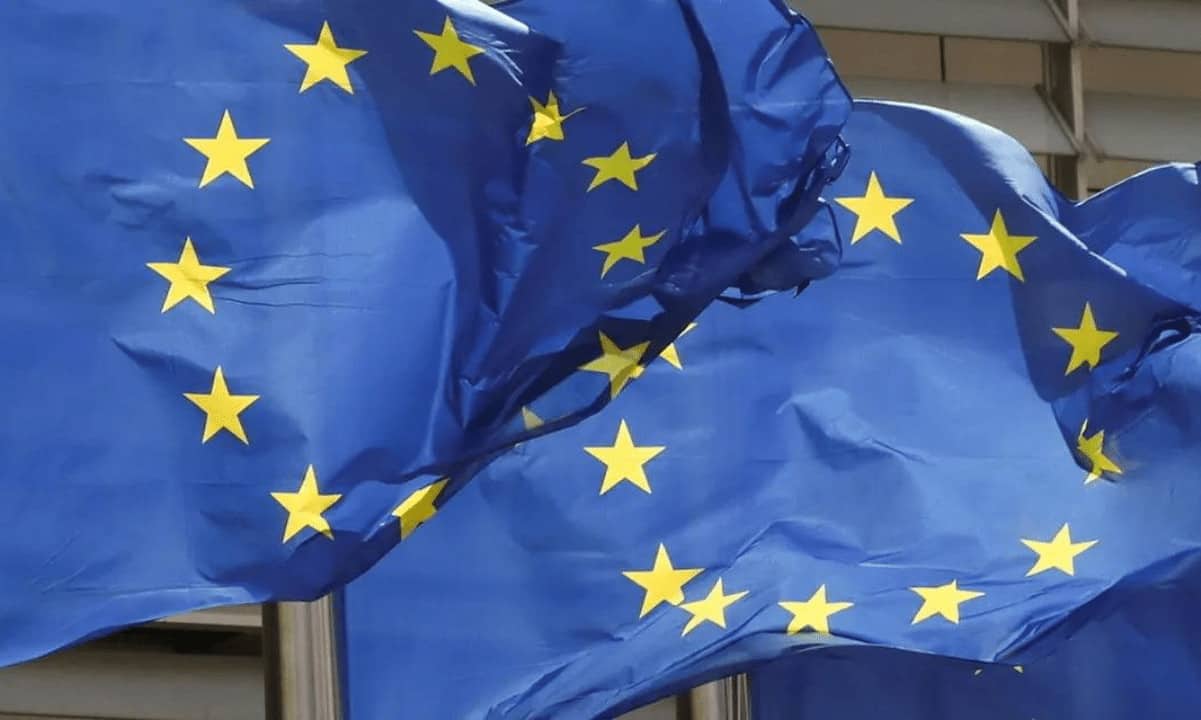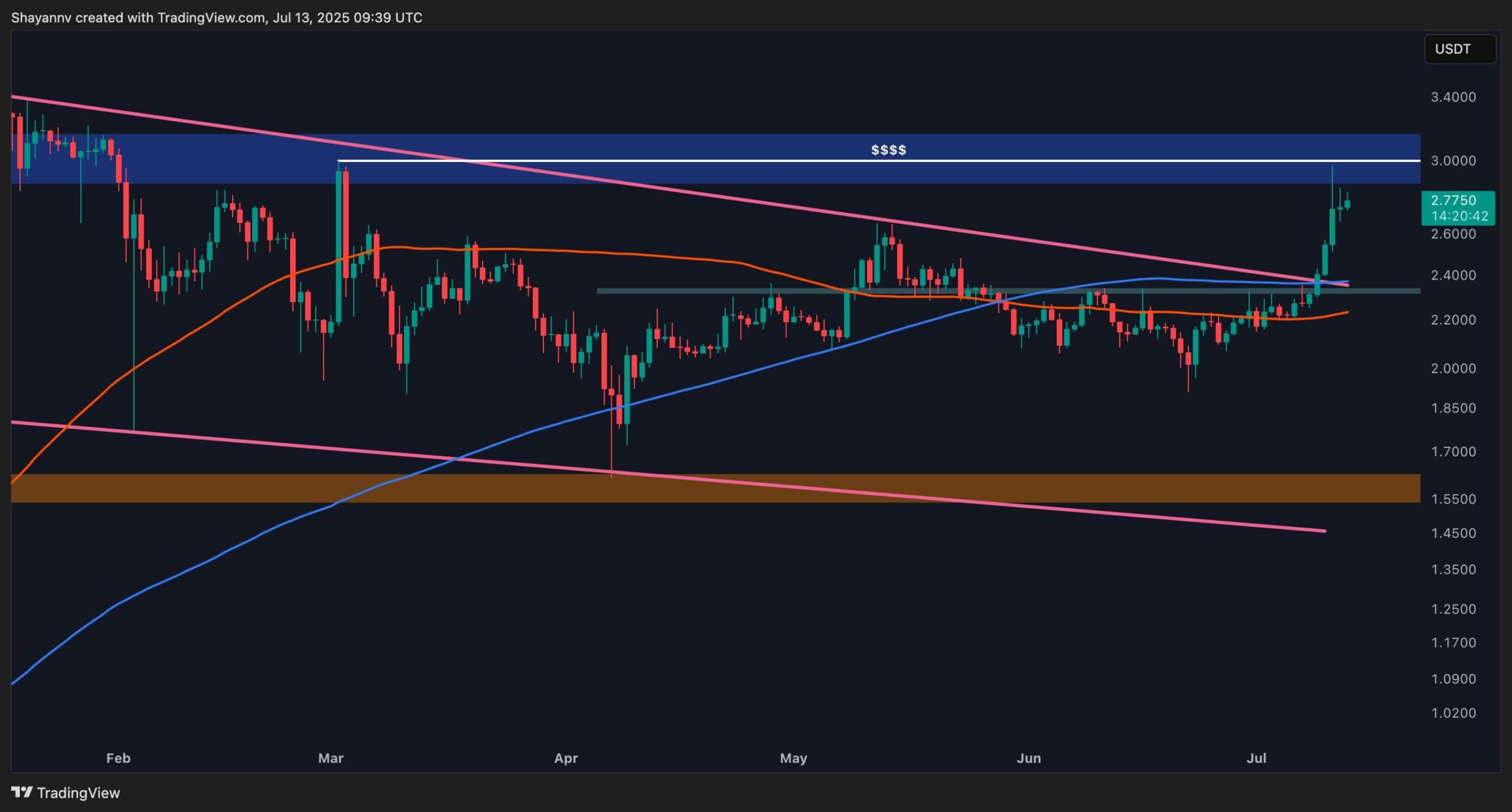Europe’s landmark crypto regulation, MiCA, is now six months into its full rollout, quietly reshaping the rules for crypto firms and stablecoin issuers.
New licenses, stablecoin approvals, and early compliance trends hint at how the bloc’s ambitious regulatory experiment is unfolding.
MiCA Marks Six Months
As of July, 14 stablecoin (e-money token) issuers from seven EU countries, including France, Germany, Malta, and the Netherlands, have secured authorization.
These countries have collectively issued 20 EMTs: 12 euro-denominated, seven dollar-denominated, and one Czech koruna-denominated, according to the update shared by Circle Director of EU Strategy and Policy Advisor Patrick Hansen.
Meanwhile, 39 CASPs are now MiCA-licensed across nine EU/EEA jurisdictions, with Germany and the Netherlands leading license issuances. These licensed entities span traditional financial institutions such as BBVA and Clearstream, fintech players like N26 and eToro, and crypto-native firms including Coinbase, Kraken, and Bitpanda.
Interestingly, no asset-referenced token (ART) issuers have emerged, which means that limited market demand in this segment despite regulatory clarity. Around 30 whitepapers under MiCA Title II have been notified for crypto-assets, including Bitcoin and Ethereum, which reflects a growing interest in compliant token offerings.
The Netherlands, Poland, Hungary, Latvia, Slovenia, and Finland have now completed their transition periods. The Dutch AFM has emerged as an active licensing authority. However, over 35 firms have been flagged as non-compliant CASPs, primarily by Italy’s CONSOB.
Hansen tweeted,
“6 months into its full application, MiCA is clearly gaining momentum. Companies across Europe are seeking to receive their license in order to passport their services into 30 EEA countries. The race is on!”
Impact
As MiCA’s rollout continues, all eyes are now turning to what the regulation will mean in numbers for Europe’s existing crypto players. According to a report by CoinLaw, over 10,000 crypto businesses in the EU will face direct regulatory changes, while 80% of exchanges will need to adjust compliance frameworks to align with MiCA’s standards.
42% of crypto startups expect higher operational costs due to these compliance changes, and the market is also set for significant growth. Regulated stablecoins are projected to see a 35% rise in market capitalization as investor confidence strengthens under clearer rules.
Additionally, more than 60% of investors believe MiCA will improve transparency and reduce fraud within the sector, despite the compliance challenges. Zooming out, the EU crypto market is projected to reach $1.2 trillion by the end of 2025, and over 75% of crypto firms are expected to appoint dedicated compliance officers by mid-2025 to navigate the requirements effectively.
The post Europe’s Crypto Map Shifts: MiCA Spurs 14 Stablecoin Issuers, 39 CASPs, and Counting appeared first on CryptoPotato.



